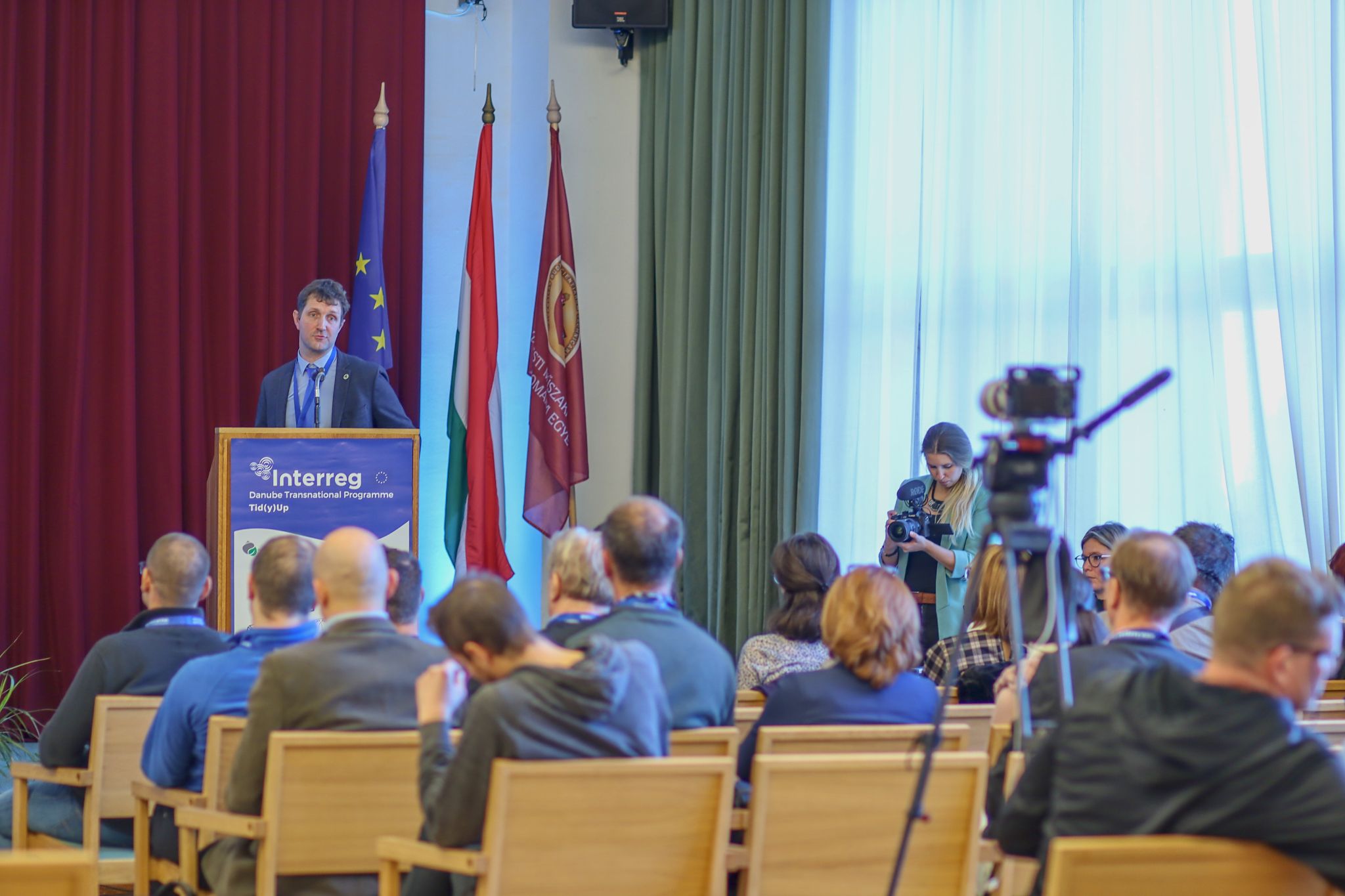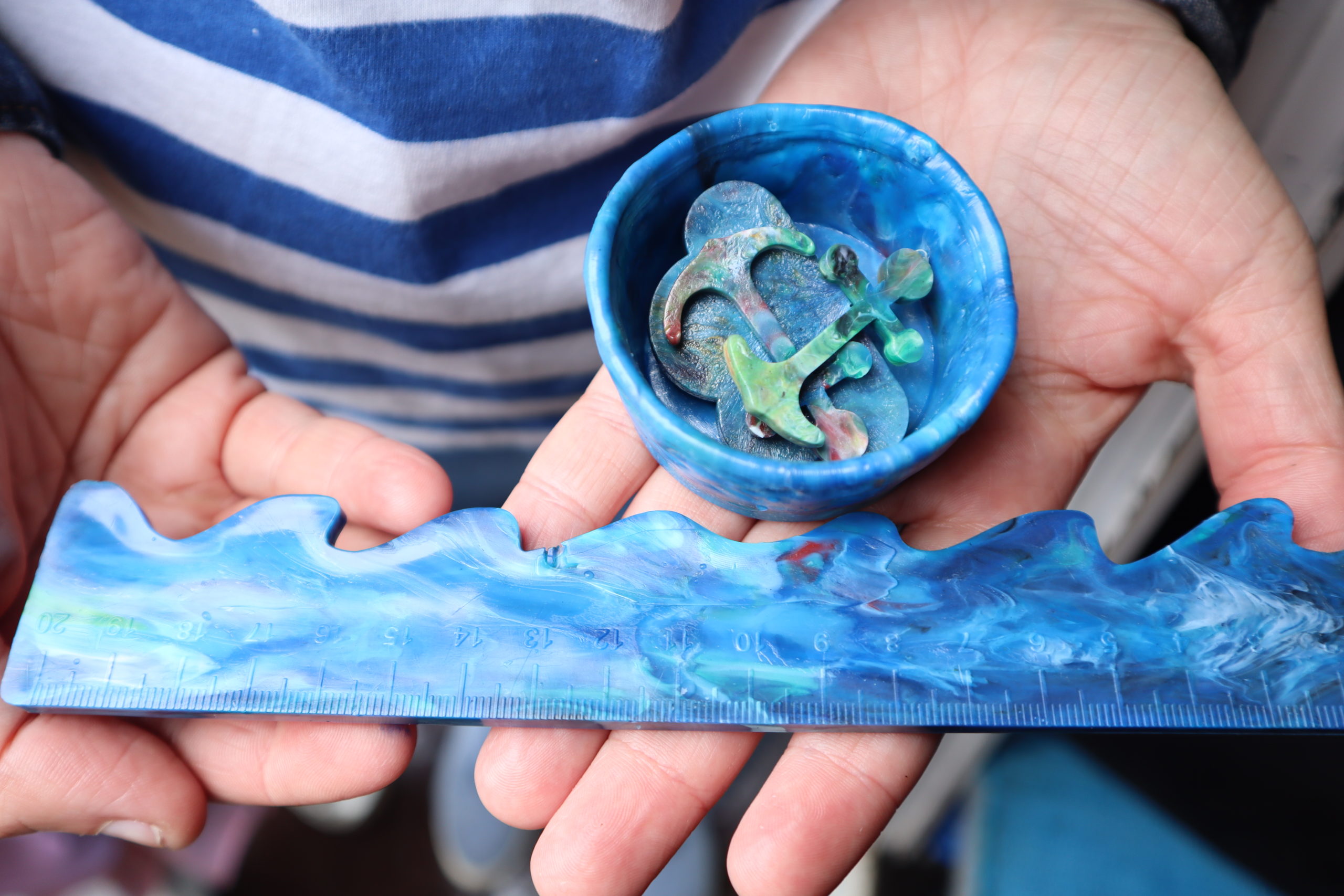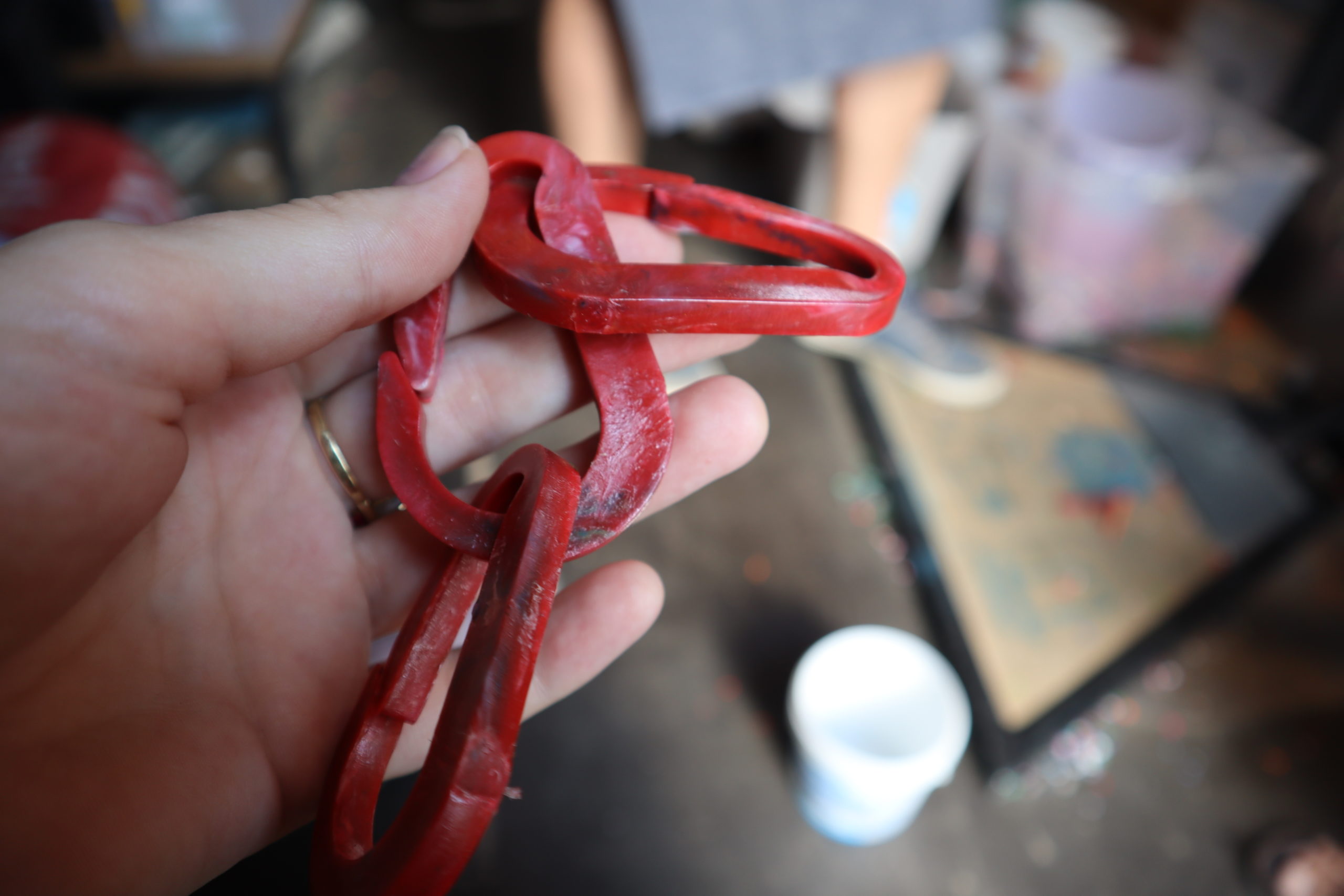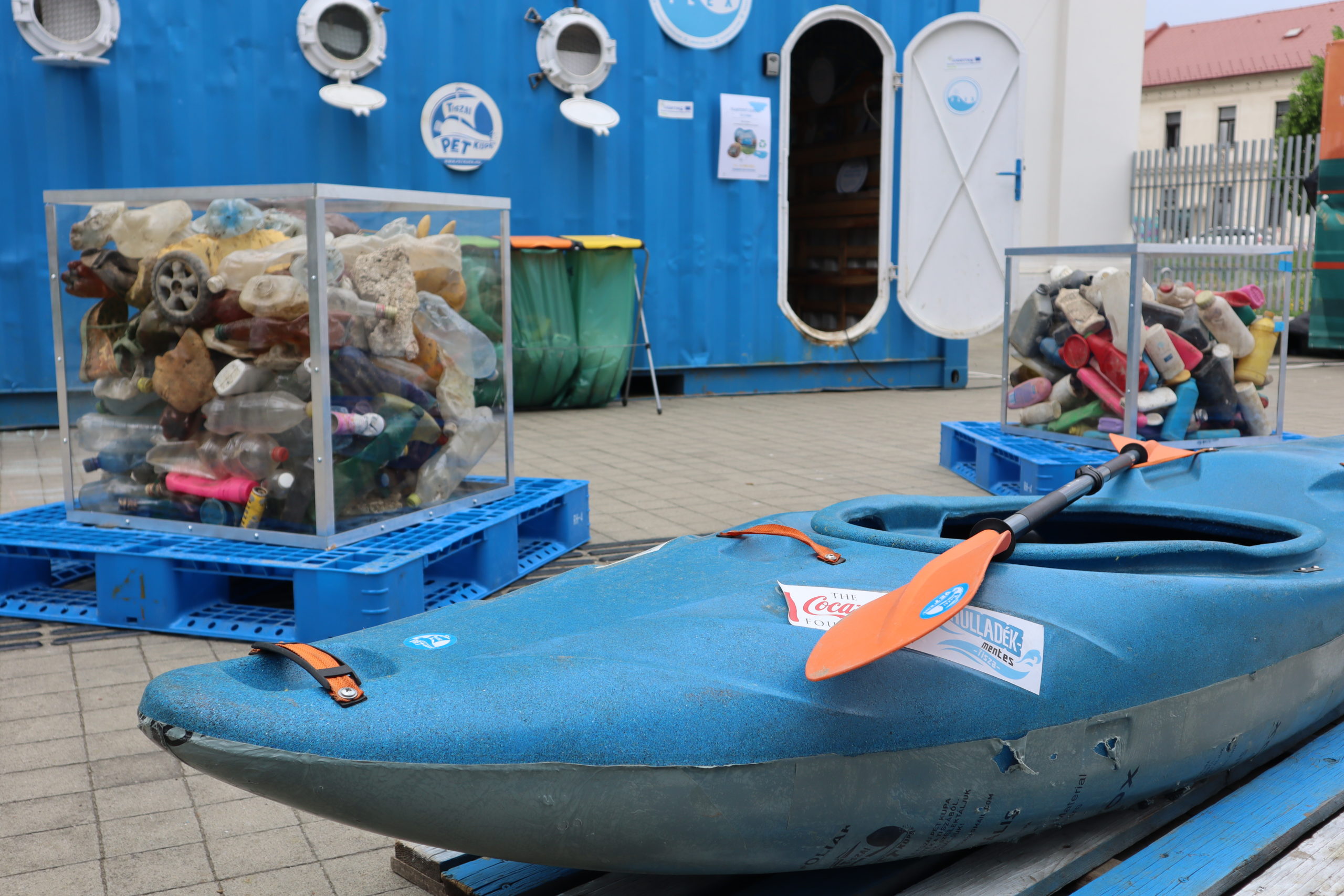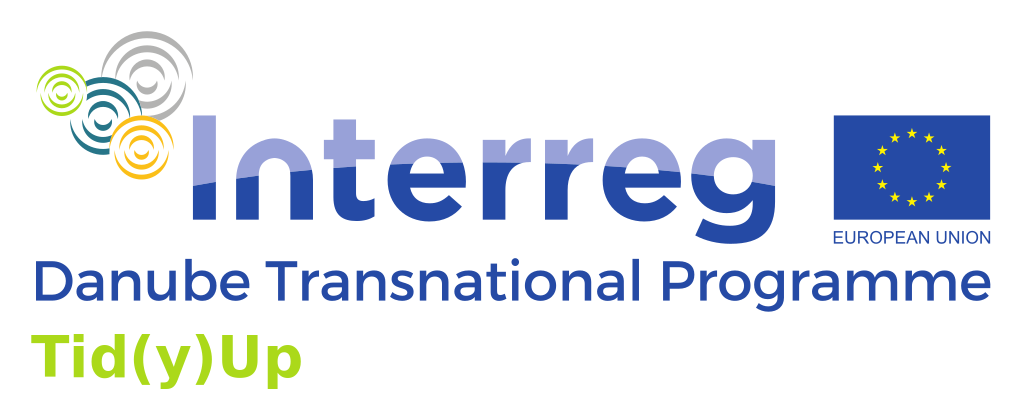For a long time, the images of dead marine animals killed by waste in the sea or ocean have been appearing on the Internet. However, the microplastics that we eat and breathe are more worrying, and thus this issue also concerns us, human beings. Microplastics have become our invisible enemy, found in the world's oceans (including in the Arctic ice).
Recent research also shows that 5g of microplastics the size of a credit card enter our bodies per week (Plastic Soup Foundation).
According to the latest research in the Netherlands, microplastics in the body affect fertility but can also cause cancer or hormonal disorders, as presented at the final conference of the Tid(y)Up project.
Tomas de Groote (River Cleanup) also pointed out that collecting natural waste is not the solution. Nevertheless, this activity helps to improve awareness about waste, which makes the public more receptive to waste in the surroundings, which is already a partial solution.
Experts clearly agree that more needs to be done in the fight against waste. Legislative steps are often missing – communication with municipalities and self-governments, but it is no less important to educate children and youth, who are our future.
Tid(y)Up project
Two years of research, environmental, water management, legislative, innovative and creative work in the office and in the field
During the past 2 years, 21 organizations from 7 countries have collaborated on a project dealing with pollution on the rivers Danube and Tisza. In total, for the project, we managed to fish 18 tons of waste from the river, we implemented promotional activities to improve awareness of waste, and we also developed a manual with recommendations on how we can contribute to a cleaner environment. With the help of hundreds of volunteers, we organized our Slovak river clean-ups twice on the Bodrog River, which flows into the Tisza River.
The public’s attention in the Košice Kulturpark was given by an unconventional exhibition entitled Plastic waste: What to do with it?, which consisted of shipping containers. Over the weekend, it attracted hundreds of visitors who could come and make their pens, rulers or other product from recycled plastic.
Discussions within the national and regional round table contributed to joint recommendations to reduce the amount of waste, new impulses, and cooperation at the level of municipalities, SVP, š.p., environmental and voluntary organizations. The discussants agreed that there are two ways to improve awareness of environmental pollution: through schools (by educating children) and local governments (from the position of the mayor).
As part of this project, the guide Reducing Waste and Carbon Footprint was created, which contains practical tips on how to contribute to reducing the waste we are left with. There is also an online pollution map of the Tisza river.
Let's not let it be (float)
Despite the completion of project activities (and thus the financing of these activities), we should not let this topic float. The decomposition time of plastic is estimated at 25-450 years. Waste knows no geographical boundaries and will not disappear by itself. Its occurrence in the wild far exceeds the tons of trash collected by volunteer organizations. Although the project is ending, we believe that with our activities, we have improved awareness of waste and contributed to new collaborations that will continue. The occurrence of waste is a complex global problem and therefore, we must cooperate in the fight against waste, whether at the local or international level.
Interested in this topic? See the information about the project or articles from the progress of the project:
The project is financed by the Danube Transnational Program.
#dtptidyup #interregtidyup


